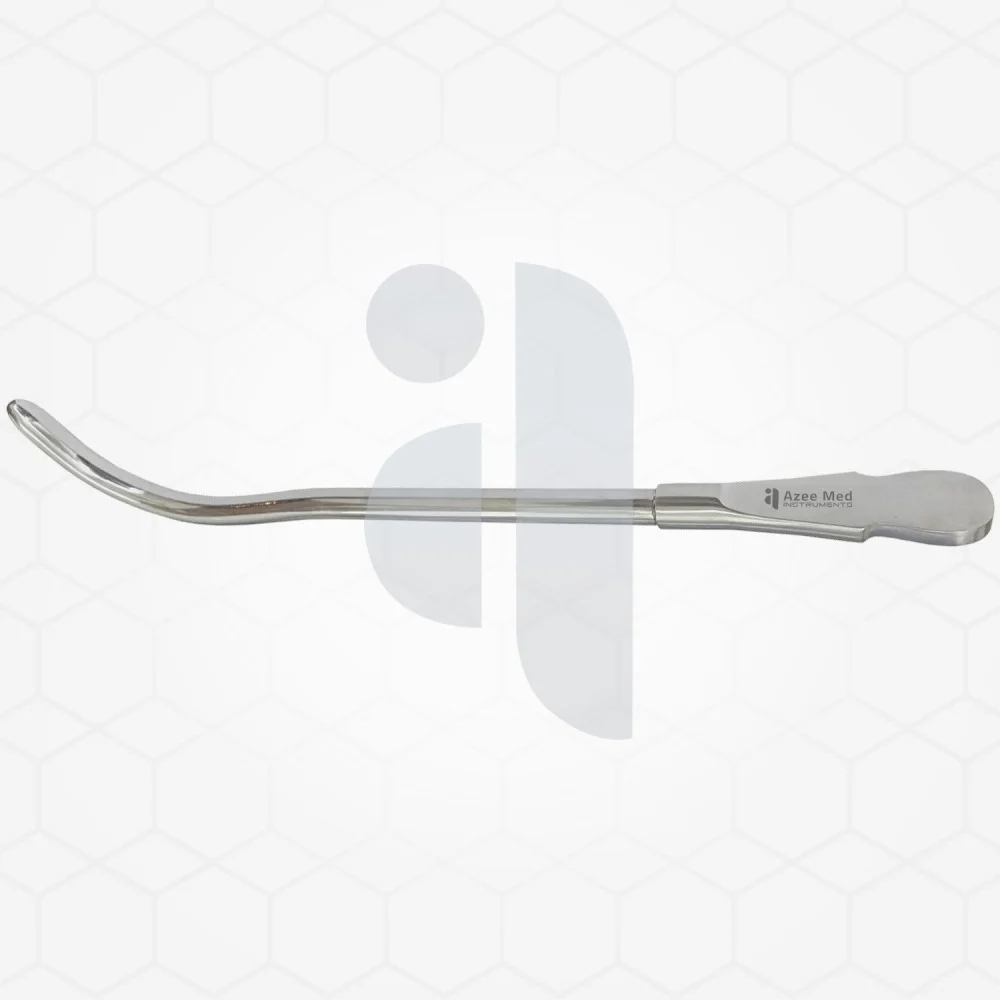Urethral sounding instruments are specialized medical tools used in urology to examine, diagnose, and treat conditions related to the urethra and bladder. These instruments are essential for procedures such as catheterization, dilatation, and urethral exploration. Urethral sounding is a technique in which a flexible or rigid instrument is inserted into the urethra to assess its condition, check for blockages, or provide therapeutic interventions.

The Design of Urethral Sounding Instruments
Urethral sounding instruments are typically long, slender, and cylindrical in shape, designed to navigate the narrow and sensitive urethra without causing unnecessary trauma. The tips of these instruments may vary in shape and size, depending on their specific purpose. For diagnostic procedures, the tip is usually smooth or rounded to avoid injury, while therapeutic instruments may have a more tapered or bulbous end to facilitate the dilation of the urethra.
The instruments are commonly made of high-quality stainless steel or medical-grade polymers, both of which are resistant to corrosion and easy to sterilize. Many urethral sounders feature a graduated scale along the length of the instrument, which allows the healthcare provider to assess the depth of insertion and the size of the urethra during the procedure. The handle of the sound is ergonomically designed to provide the practitioner with a firm and comfortable grip, ensuring control and precision during use.
Common Uses of Urethral Sounding Instruments
Urethral sounding instruments have several important applications in urology, each contributing to the diagnosis and treatment of urological conditions. One of the most common uses is for urethral catheterization, which involves inserting a catheter into the urethra to drain urine from the bladder. Urethral sounders help ensure that the catheter is inserted smoothly and accurately, reducing the risk of injury to the delicate urethral tissues.
Another key application is in the treatment of urethral strictures, which are narrowings of the urethra caused by scarring, infection, or injury. Urethral sounding instruments are used to gently dilate these strictures, restoring normal urinary flow. The process of urethral dilation involves gradually increasing the size of the sounder until the urethra is sufficiently widened to allow for the passage of urine without obstruction.
Urethral sounding is also performed during diagnostic procedures, where it helps identify abnormalities such as blockages, stones, or infections in the urethra. In some cases, the instrument is used to locate the opening of the urethra, allowing the physician to perform a more detailed examination of the entire urinary tract.
Additionally, urethral sounding can be used to assess the length of the urethra, which is particularly important in patients undergoing reconstructive surgeries or prostate treatments. The instrument helps surgeons accurately plan for surgical interventions, ensuring that the procedure is performed with the necessary precision.
Benefits of Urethral Sounding Instruments
One of the main benefits of urethral sounding instruments is their ability to provide minimally invasive diagnostic and therapeutic options for patients with urological issues. Since these instruments are designed to navigate the urethra with minimal discomfort, they reduce the need for more invasive procedures, allowing patients to recover more quickly and with fewer complications.
Urethral sounders also offer a high level of accuracy in diagnosing and treating various conditions. By carefully assessing the urethra’s condition and gently dilating strictures, these instruments help to restore normal urinary function without the need for more complex surgeries. This makes urethral sounding a preferred technique for managing common urological issues, such as urinary retention, urethral blockages, or congenital abnormalities.
Furthermore, urethral sounders are versatile instruments that can be used in both outpatient and hospital settings. Their relatively simple design and ease of use make them ideal for urologists and other healthcare providers, who can perform a variety of procedures with minimal training and preparation.
Conclusion
Urethral sounding instruments play a critical role in the diagnosis and treatment of a wide range of urological conditions. Their ability to provide precise, minimally invasive care makes them an essential tool in modern urology. Whether used for catheterization, urethral dilation, or diagnostic examination, these instruments offer a reliable, effective, and relatively comfortable solution for patients experiencing urinary tract issues. With their durability, versatility, and ease of use, urethral sounders continue to be an indispensable tool in maintaining and restoring urological health, providing patients with the best possible care for their conditions.
Comments on “Urethral Sounding Instruments: Essential Tools for Urological Procedures”